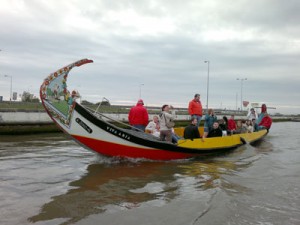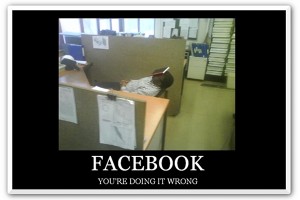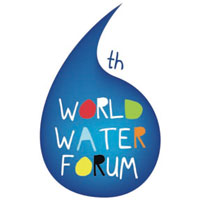One of the best business writers today, Lucy Kellaway, stirred up interesting debate on the topic of being boring in a recent column in the Financial Times (or read at IrishTimes.com). She believes that if CEOs are boring, their businesses might go more smoothly and uses the example of GE’s leader Jeff Immelt to prove that point.
Quoting a recent study by Stephen Kaplan from the Chicago Booth School of Business and a Harvard Business Review blog by Joel Stein, Kellaway proposes that dull CEOs tend to be determined, detail oriented and hard working. She warns against associating the word “boring” with “bad” and calls for a re-branding of the boring CEO, whose success may be based on simplicity and innate happiness.
Boring CEOs aren’t stupid; but they have narrow interests and hone in on the small things in life, the small things that fill every working day. She says they are good at what Jim Collins calls “rinsing your cottage cheese” and cites two more role models for boring CEOs: John D. Rockefeller and Bill Gates.
Despite the hype about being boring, I’m not convinced that most thought leaders can “pull off” being boring. Kellaway’s exceptional exceptions fail to persuade me that the majority of CEOs should strive to be boring – that seems too low a hurdle for all of you energetic, charismatic thought leaders.
Are you a boring CEO? Do you want to be? Would you prefer to be a thought leader who’s interested and interesting? Ask, assess, then act.






 It was a most unusual week. On Sunday I attended a service in St. Peter’s in Rome, Italy, and found myself standing quite close to
It was a most unusual week. On Sunday I attended a service in St. Peter’s in Rome, Italy, and found myself standing quite close to 




